Recently, I had the fortune to work with an old friend; I was impressed in seeing his vision for his program. It was 3-dimensional, with player development, community involvement, and schematics addressed from the youth level upward. This foresight is uncommon; he immediately set out about not only having complete systems on offense and defense, as well as also outlining a plan to develop his talent pool much earlier than most.
While QB Development is an obvious focal point of program development, we took this a step further, outlining the skills and development time necessary at each level - at the youth, middle school, freshman, JV, and Varsity levels. A calendar for each is established, and drills are evaluated.
QB development wasn't the only focus; while we implemented ACTS principles in the passing game and delineated the structure of the running game, we identified the need to evaluate all the program's personnel. The coach's goal is to have a system for the next 15 years that will adjust to player types, but not have to change wholesale because a great player comes along (or graduates).
In other words, the techniques and concepts taught should be the same, regardless if the level or talent level -- a stance or how to carry the football should be taught the same way, whether it be a 7th grader or an all state senior. Coaches must be committed to continuous improvement.
For example, if a Head Coach wishes to invest in the "ISO" running play, consideration must be given to the FB-type athletes at each level. If a the varsity group lacked depth at that position, then to coach might want to re-consider such an investment, or alternative solutions - in both personnel and scheme. In this instance, the use of "Lead Draw" action might be useful; using DART from 1 back formations might also be of benefit. In the diagram below, it is easy to see how the same frontside scheme is used, and thus can be fruitful even if a group of kids does not possess the classic fullback.
Take, for example, the chart below. Given a vision the coach has for an offense, do we make sure that teaching time aligns with the play calls going into a game?
Before planning installation, a play package must have an overall place in a system; think of an offense as an ecosystem, where everything is dependent on other members of the food chain. Arbitrarily adding ideas without careful consideration to all factors can do more harm than good, which is why the "re-conceptualization" of the passing game in "Recoded and Reloaded" -- making all components conceptual while easing learning for younger players - can pay huge dividends.

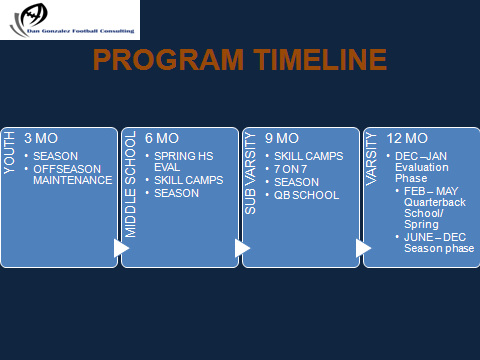
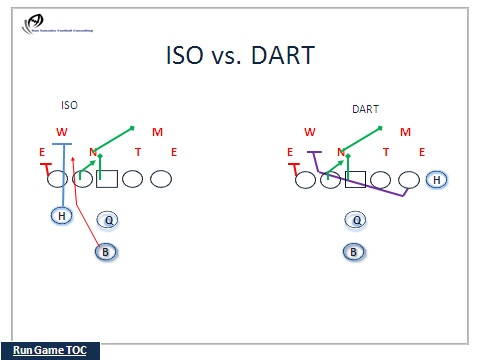
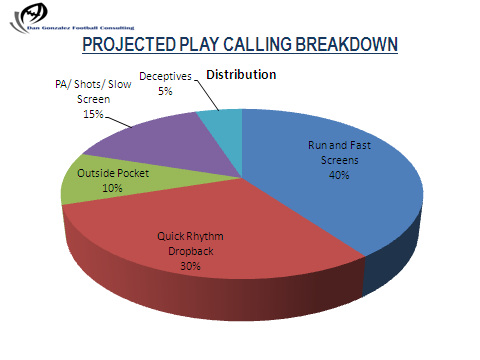

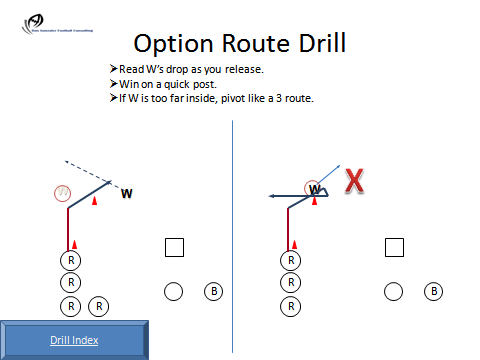
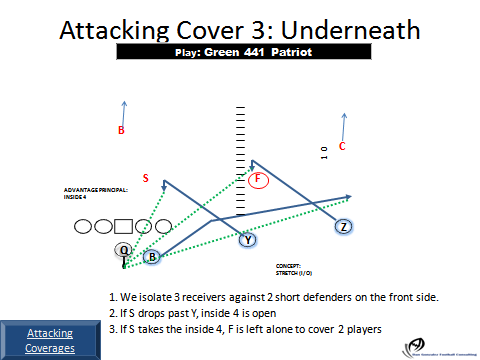
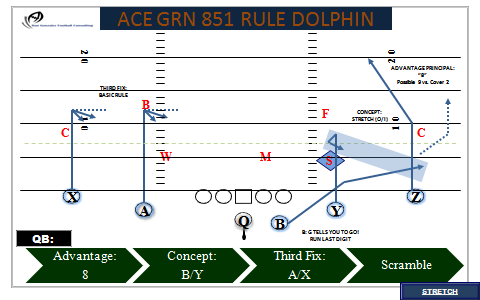
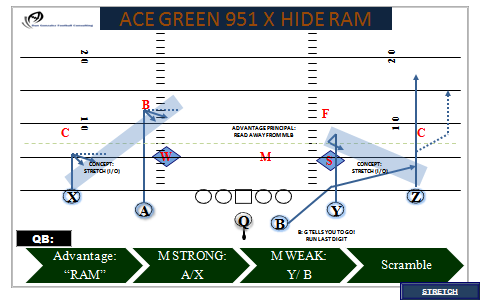

 RSS Feed
RSS Feed
